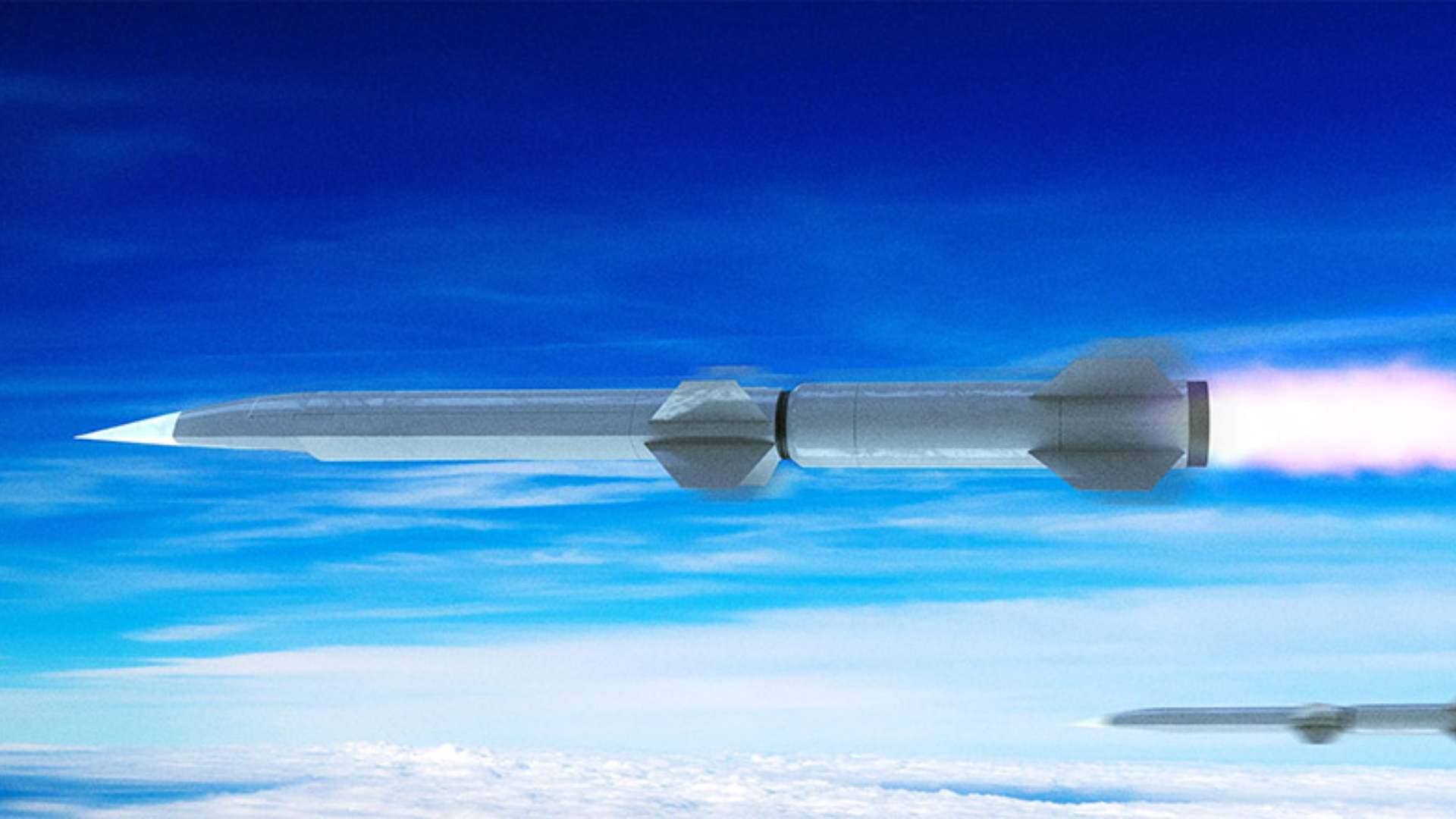
China has unveiled a military communications network designed to handle the extreme demands of hypersonic warfare, where aircraft fly at Mach 5 and missiles reach Mach 11. The system provides time synchronization accuracy within five nanoseconds, outperformingNATO'sLink 16 network by a factor of 100.
Developed by the China Electronics Technology Group Corporation (CETC), the network enables secure, real-time coordination across hypersonic vehicles, ground command posts, radar arrays, naval fleets, and satellite intelligence.
It overcomes the immense technical challenges posed by lightning-fast speeds, constantly shifting trajectories, and the need for instantaneous battlefield decision-making, representing a significant leap in military communications technology.
Cooperative strike technology may shift global defense dynamics
Moving beyond isolatedHypersonictechnologies, the new system creates a fully networked strike ecosystem, allowing multiple platforms to operate in seamless coordination. Without comparable capabilities, Western forces risk being "time blind", unable to respond to hypersonic swarms executing precision strikes at unprecedented speeds,South China Morning Postreported.
As Beijing prepares its most advanced systems for display in an upcoming military parade, experts emphasize that the strategic implications for global defense are both immediate and profound.
China's new data link addresses a key challenge in hypersonic warfare: at speeds over 2.4 miles per second, small timing errors can cause mile-scale targeting errors. Existing military networks, designed for slower platforms, drift by hundreds of nanoseconds under these conditions. The system enables precise, real-time coordination across hypersonic vehicles.
The project team led by researcher Chang Jun from the Southwest China Institute of Electronic Technology emphasized that hypersonic cooperative strike systems require inter-platform time synchronization with accuracy better than 10 nanoseconds. Meeting this requirement is crucial for ensuring precise coordination betweenvehiclestraveling at extreme speeds, allowing these systems to operate effectively in high-speed, networked combat scenarios.
Conventional RTT algorithms fall short for Mach 5-plus strikes
Chinese researchers explain that traditional tactical data links rely on round-trip time (RTT) for synchronization, which works for low-speed aircraft. Systems like NATO’s Link-16 achieve roughly 100-nanosecond accuracy under these conditions.
However, in hypersonic cooperative strike systems operating above Mach 5, the rapid relative motion between widely dispersed platforms creates asymmetric transmission paths, severely reducing the precision of conventional RTT algorithms. This highlights the need for new communication technologies capable of maintaining ultra-precise timing at extreme speeds.
To overcome the constraints of conventional timing systems, China's new solution uses an innovative inertial navigation data distribution approach, where each hypersonic platform shares real-time position and velocity information through secure links. This enables precise, synchronized calculations of signal transmission delays caused by extreme relative motion, ensuring accurate coordination across high-speed vehicles without relying on traditional timing infrastructure.
Ground-based semi-physical simulations demonstrated the system's precision under realistic conditions, including position errors of up to 33 feet, velocity drifts of 3.3 feet per second, and electromagnetic interference. Results showed an average synchronization accuracy of 4.2 nanoseconds, with peak errors remaining below nine nanoseconds.
Remarkably, the system maintained this level of performance during repeated tests even as relative speeds climbed from zero to over 9,800 miles per hour. ThetechnologyCan also be deployed on widely available, low-cost hardware, making it practical for large-scale hypersonic operations.
0 comments:
Ikutan Komentar